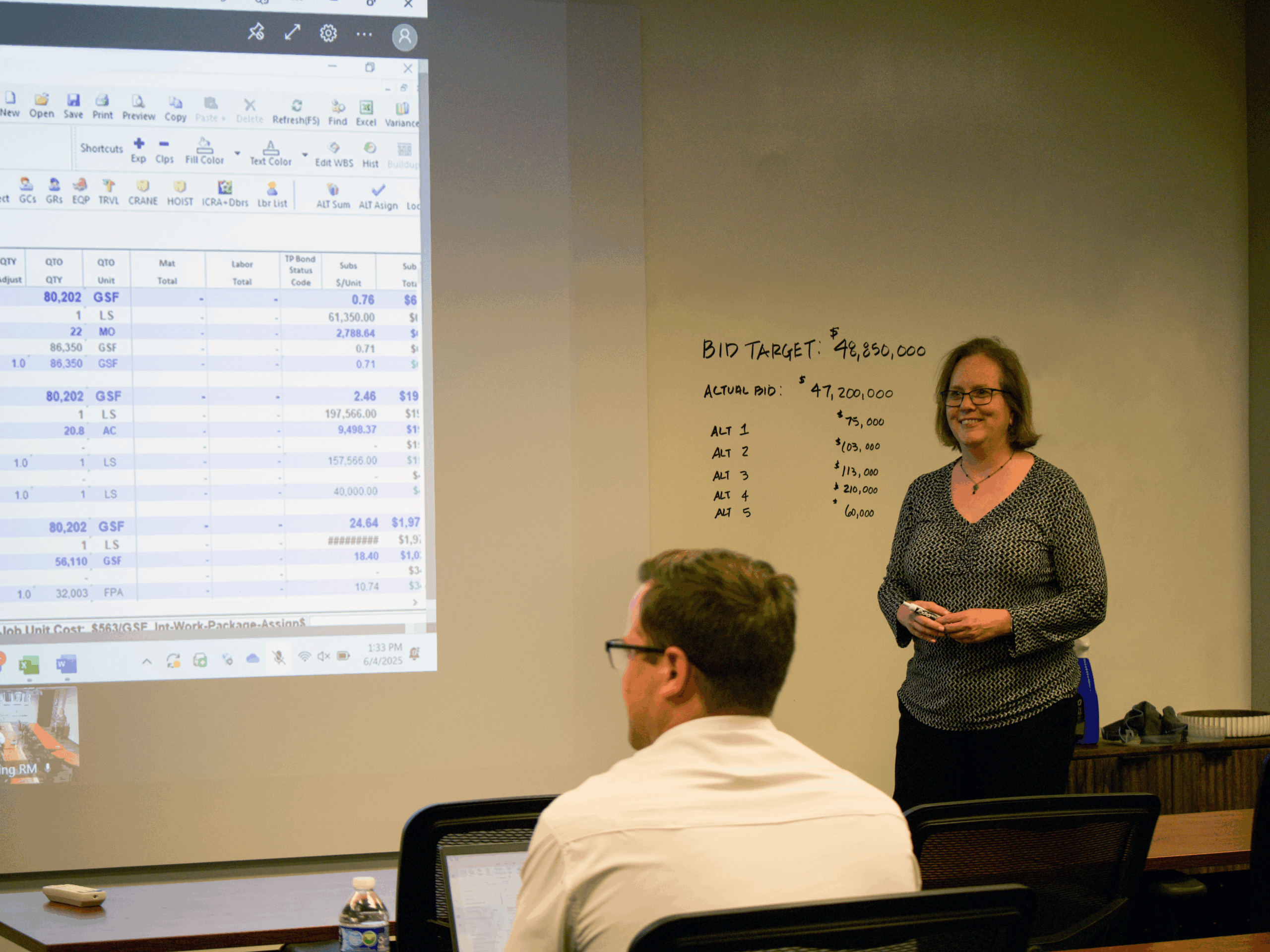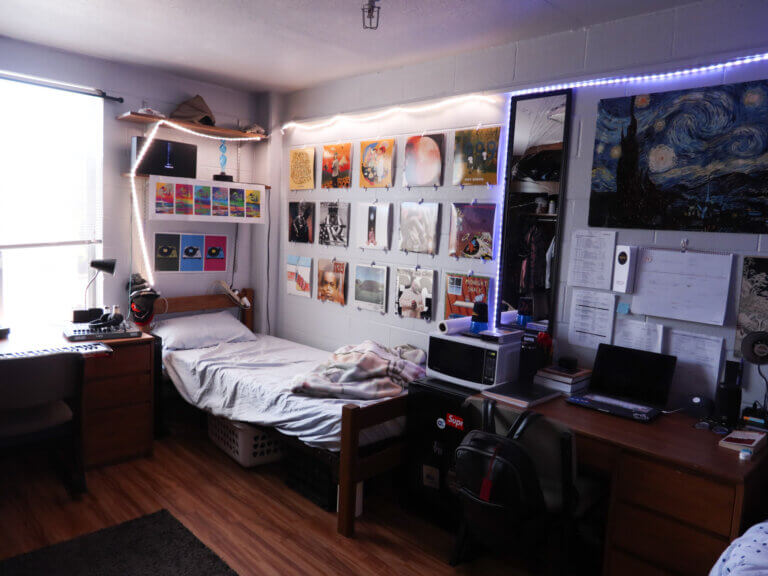
By Cindy Anderson, Director of Preconstruction
What led you to construction?
I was fortunate to have the opportunity to take both drafting and architecture classes during my junior and senior years in high school. I really enjoyed the logic behind designing something functional; however, it was a different story when I got to college with the intent of majoring in Architecture. After the first few design assignments in my first weeks, I realized that the curriculum was a little too abstract for me, so I turned to Building Science where I studied soils, concrete and steel — things that were literally more tangible. I had wonderful professors that served as mentors and were very encouraging to me as I decided to enter this field after graduation. I have stayed in this field ever since and have worked for the same company, Hoar Construction, for the majority of my time in the industry.
What has kept you in the industry?
Two main reasons. One, because I work for a great company that provides the support that is needed to sustain the challenges in this business. And two, it is never boring! I learn something new every single day, whether that’s something about new technology, learning about a new construction product or system, or a better way to build something. At Hoar we say, “We are always in process.” That resonates with me because this industry has become a lifelong education.
How has preconstruction process evolved during your career?
I think there is a misconception about how preconstruction is defined. So many people think we are “counting” items and working on excel worksheets and there is certainly some truth to that. But over the past decade, preconstruction has moved from “behind the desk” to “in front of the room.” Many times, our team is the first impression our owner experiences of our company. So, it is not just important how well we prepare a budget, but how we work as a team — with everyone involved.
Our goal during preconstruction is of course to achieve the owner’s budget. If we don’t meet their budget, the project doesn’t get built. So, we have had to focus on how to best achieve those target budgets more efficiently which involves an extensive collaborative effort.
I have seen more and more owners and design teams recognize that in order to achieve that budget in a quicker time frame, we as the general contractor need to be brought to the table early to begin cost analysis and evaluations to allow the owner to make informed decisions earlier in the process. Gone are the days when we would work in “silos”, with those of us in preconstruction merely provided reporting of the estimate at each design phase. Today, our preconstruction team works in tandem with the architect and their consultants in a collaborative environment with fluid communication and feedback. We provide what I like to call “live” cost feedback so that the owner can make decisions more quickly.
Our relationship with the architect and their consultants is vitally important because we provide guidance and assistance to their design to ensure that the project stays in budget. There really is a balancing act to that, because we are providing constructive criticism with the best interest of the project in mind. Everyone has to be a bit nimble but not lose sight of the client’s expectations.
What would you consider the most important projects that you have worked on?
There are two projects that I consider significantly important because they changed the trajectory of our Nashville’s Division and our presence in Downtown Nashville and throughout Middle Tennessee.
The first is the Community Health Building at the University of Memphis, which was completed in 2015. As a result of winning that project, gaining that higher education experience, and earning more trust, and confidence in the higher education world, it led to many more successful projects, not only with the Tennessee Board of Regents, but with the University of Tennessee at Chattanooga, The University of Tennessee, Knoxville, and other state projects with STREAM.
The second project that stands out for me is the Capital View project with Boyle Investment Company. I laugh about this one looking back because I think I spent more time working on the preconstruction efforts than the actual duration it took to build the project! This was our Nashville Division’s first mixed-use multifamily project. It was a two-city block development with an office tower, apartments, parking garages, and retail. This project helped bring more attention to Hoar as a local, Nashville general contractor with diverse capabilities.
Both of these projects helped lead to the diversification of this division and its success in contributing to changing the skyline of Nashville and building institutions that educate the next generation of our state.

